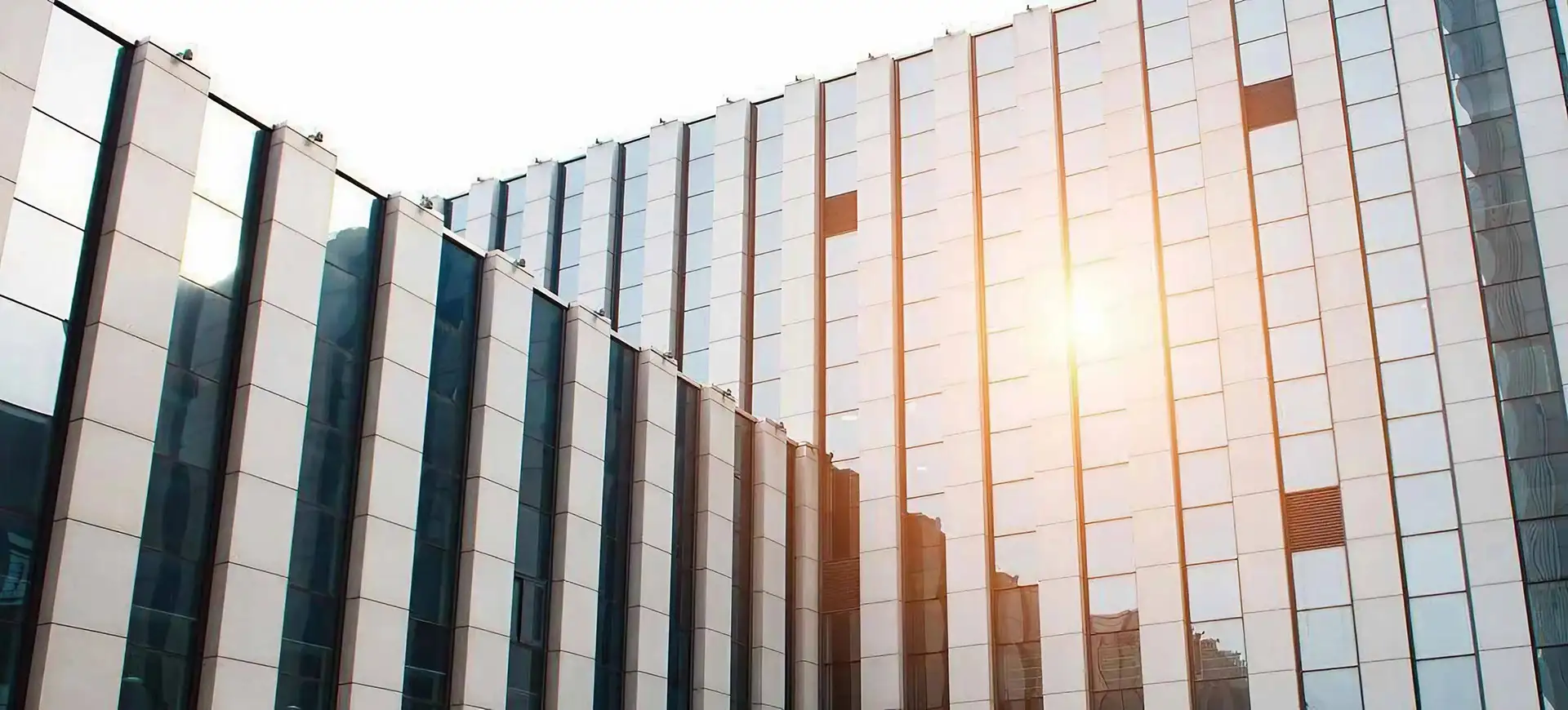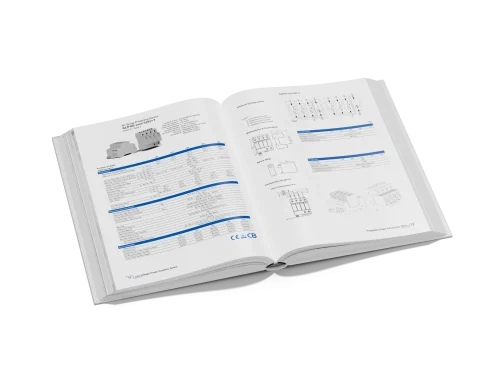As the demand for renewable energy grows and global building codes emphasize sustainability, solar power has become a mainstream solution for clean electricity. But not all solar panels are created equal. A new generation of solar technology—BIPV (Building-Integrated Photovoltaics)—is transforming the way buildings generate and interact with solar energy. Unlike normal solar panels, BIPV modules are designed to serve as both energy generators and functional parts of the building envelope.
So, what exactly distinguishes BIPV from normal solar panels? Why is BIPV increasingly favored by architects, developers, and forward-looking clients? Let’s explore five critical differences that make BIPV a superior choice for 21st-century buildings.
Dual Functionality: BIPV Is a Building Material, Not Just a Power Generator
Normal photovoltaic panels are engineered solely for power generation. Structurally, they are not intended to be a permanent part of the building envelope. Their standard structure includes:
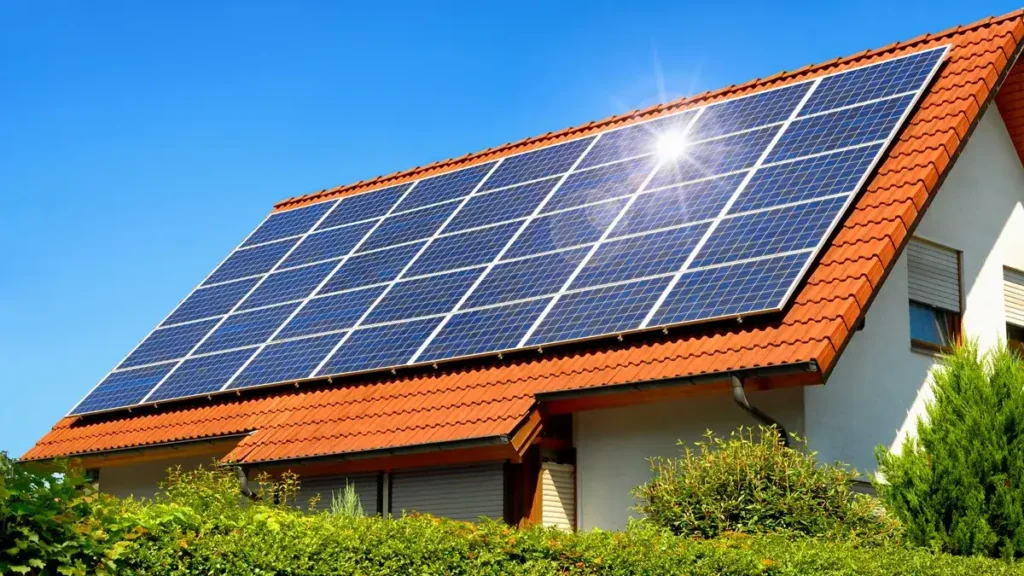
While this design performs well electrically, it lacks the mechanical integrity required by modern building standards. TPT backsheets, for example, are flammable and deteriorate under UV radiation. EVA (Ethylene Vinyl Acetate) is vulnerable to thermal deformation, yellowing, and structural fatigue over time.
In contrast, BIPV modules are specifically designed to replace traditional building materials such as curtain wall glass, tiles, skylights, and even fencing. They usually consist of:
- 6 mm tempered glass (front)
- PVB (Polyvinyl Butyral) interlayer
- High-efficiency solar cells
- PVB interlayer
- 6 mm tempered glass (rear)
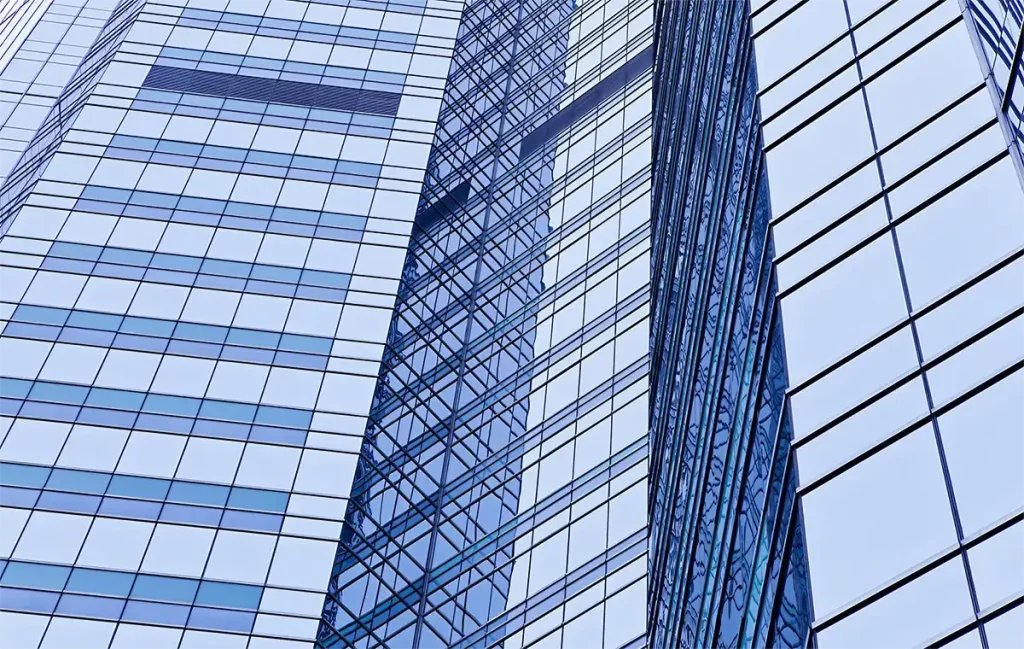
This laminated structure provides mechanical strength, UV resistance, and fire retardancy—making BIPV compliant with building safety codes such as:
- Wind load resistance
- Seismic performance
- Water tightness: Level 5
- Air tightness: Level 4
- Structural integrity: Level 9
- Indoor/outdoor impact resistance: Levels 2 & 3 respectively
Also Read:
- What Is BIPV and its ApplicationsTop 10 China BIPV Suppliers
- What are Solar Glass Windows?
- How Do Photovoltaic Optimizers Work?
- What is a home solar energy system and what does it consist of
- What is Agri-PV?
Customization: BIPV Allows You to Control Color, Transparency, and Dimensions
One of the biggest aesthetic drawbacks of normal solar panels is their lack of design flexibility. They typically come in dark blue or black, in standard dimensions, and are visually inconsistent with architectural surfaces.
BIPV completely changes the game, offering architects and owners full control over:
- Color: Match the building façade with bronze, gray, green, blue, or other colors
- Transparency: Choose different levels of light transmittance (10%, 20%, 30%, 40%, etc.)
- Shape and Size: Customize the module dimensions to fit design patterns and grids
- Visual Integration: Seamlessly merge the module into roofing systems, vertical façades, skylights, or canopies

In other words, BIPV doesn’t just power a building—it helps define its appearance. When a whole building envelope is built using BIPV glass, the building looks elegant and modern—no one can tell it’s generating electricity.
Examples:
- A shopping mall façade fitted with gray-tinted BIPV glass provides both sun shading and solar power.
- A BIPV glass rooftop on a residential villa blends in aesthetically while generating energy.
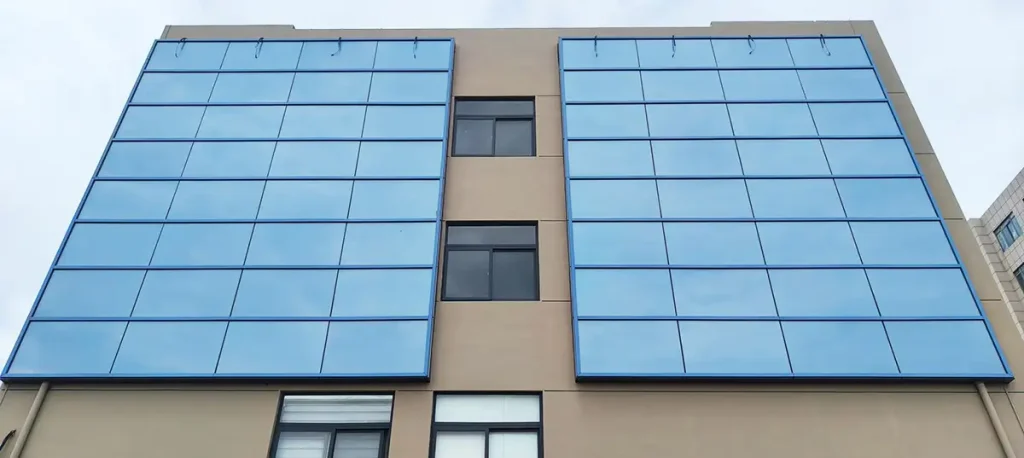
Installation Approach: BIPV Is Embedded into the Building Envelope
Normal solar panels are externally mounted using brackets or support frames. These installations:
- Increase roof load
- Require additional waterproofing layers
- Can be visually unappealing
- Often create maintenance complexities
By contrast, BIPV is integrated directly into the building’s structure and replaces traditional materials like bricks, glass, or metal panels. BIPV modules serve dual roles: power generation and physical protection (against wind, water, heat, etc.).
BIPV Applications Include:
- Solar Roofing Tiles: Replace ceramic or asphalt roof tiles
- Glass Curtain Walls: Substitute traditional façade glass in office towers
- Skylights or Atriums: Provide both daylighting and solar power
- Sunshades or Fences: Function as architectural elements and energy sources

These features make BIPV ideal for zero-energy buildings, LEED-certified projects, and cutting-edge architectural designs. Moreover, because the modules are built into the structure, they last as long as the building itself—25+ years or more.
Durability and Safety: BIPV Offers Better Fire, Water, and Structural Resistance
Safety is a top priority in architecture. Normal solar panels use EVA film and plastic backsheets, both of which are flammable and degrade under environmental stress. EVA also softens under heat and may cause delamination or loss of adhesion, posing risks during high-temperature conditions.
BIPV uses laminated safety glass and PVB, offering significant advantages:
| Feature | Normal Solar Panels | BIPV |
|---|---|---|
| Fire Resistance | Low (plastic-based materials) | High (glass + PVB, fire rated) |
| Waterproofing | Moderate (depends on bracket seal) | High (sealed building integration) |
| UV Resistance | Poor (EVA yellows and cracks) | Excellent (PVB is UV stable) |
| Structural Strength | Weak (non-load-bearing) | High (tempered glass core) |
Additionally, BIPV passes rigorous building material tests including wind pressure, water penetration, thermal cycling, and impact resistance—making it suitable for areas with harsh weather such as coastal cities, deserts, and typhoon-prone zones.
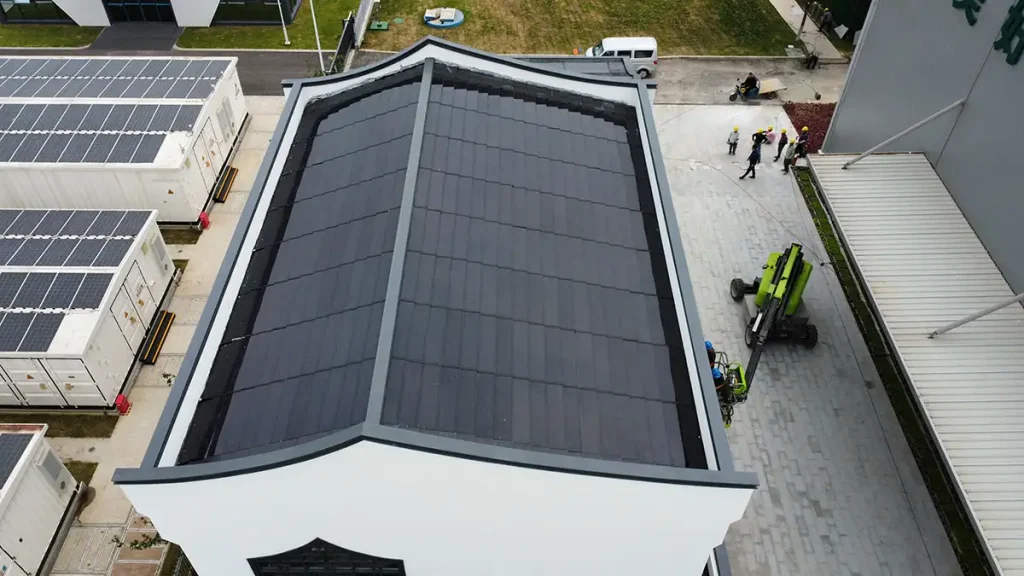
Electrical Performance: BIPV Performs Better in Weak Light and Has Lower Hot Spot Risk
While normal panels offer good efficiency in direct sunlight, they often underperform during:
- Overcast or cloudy weather
- Morning or evening hours
- Shaded or vertical surfaces
Because BIPV is often installed at various angles and on multiple building surfaces, it has more opportunities to capture diffused or scattered light. Even at lower irradiance, it continues to generate power effectively.
In addition, the laminated glass in BIPV modules provides better thermal dissipation, which helps reduce:
- Hot spot effects (localized overheating)
- Efficiency loss due to high temperature
- Cell degradation over time
This means more stable energy production over the life of the system and lower long-term maintenance costs.
Related Posts:
7 Application Scenarios and Cases of BIPV
Top 10 BIPV Suppliers in the Middle East Market
Summary Table: Comparing BIPV and Normal Solar Panels
| Feature | Normal Solar Panel | BIPV (Building Integrated Photovoltaics) |
|---|---|---|
| Main Function | Power generation only | Power + Building Material |
| Installation | Mounted on ground or roof with brackets | Integrated into structure |
| Customization | Limited to standard size and color | Full customization of color, size, transparency |
| Aesthetics | Visually intrusive | Seamlessly blends into architecture |
| Fire Safety | Flammable materials | Non-flammable laminated glass |
| Waterproofing | Depends on mounting | Fully sealed system |
| Structural Use | Non-load bearing | Load-bearing capability |
| Weak Light Performance | Poor | Excellent |
| Hot Spot Risk | Higher | Lower |
| Application Flexibility | Ground/Rooftops only | Roofs, facades, windows, skylights, fences |
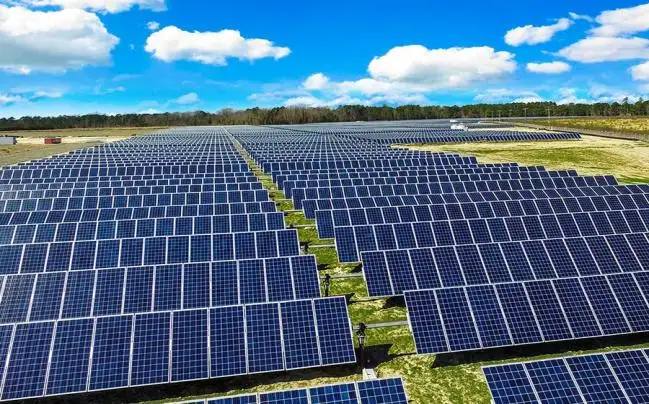

Final Thoughts: Why More Clients Are Choosing BIPV
BIPV is not just a solar panel—it’s a revolution in building energy technology. It meets the needs of architects, engineers, and developers who require:
- High energy efficiency
- Architectural flexibility
- Enhanced safety and durability
- Long-term sustainability
- Visual harmony and design control
Whether you are building a smart home, a green commercial plaza, or a net-zero public facility, BIPV allows you to generate energy without compromising aesthetics or structural integrity.
Need a Custom BIPV Solution?
HIITIO offers full BIPV design consultation, module customization (color, size, transparency), system integration support, and engineering drawings to help your project achieve both aesthetic excellence and energy performance. Visit our website or contact our team for product catalogs, technical datasheets, and global case studies.

